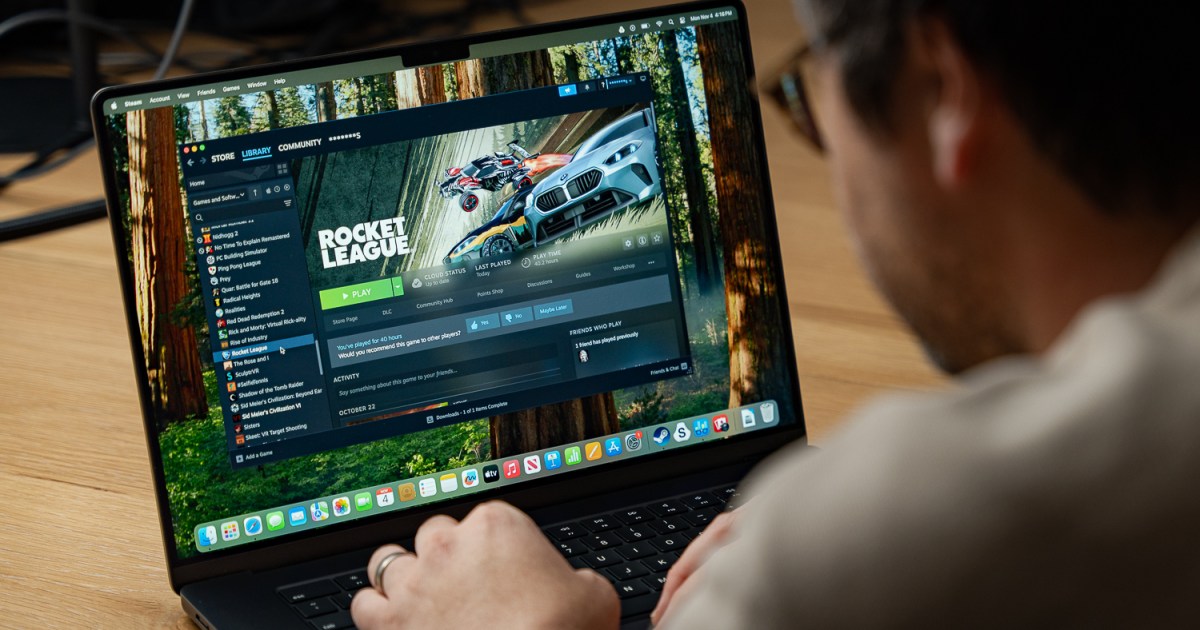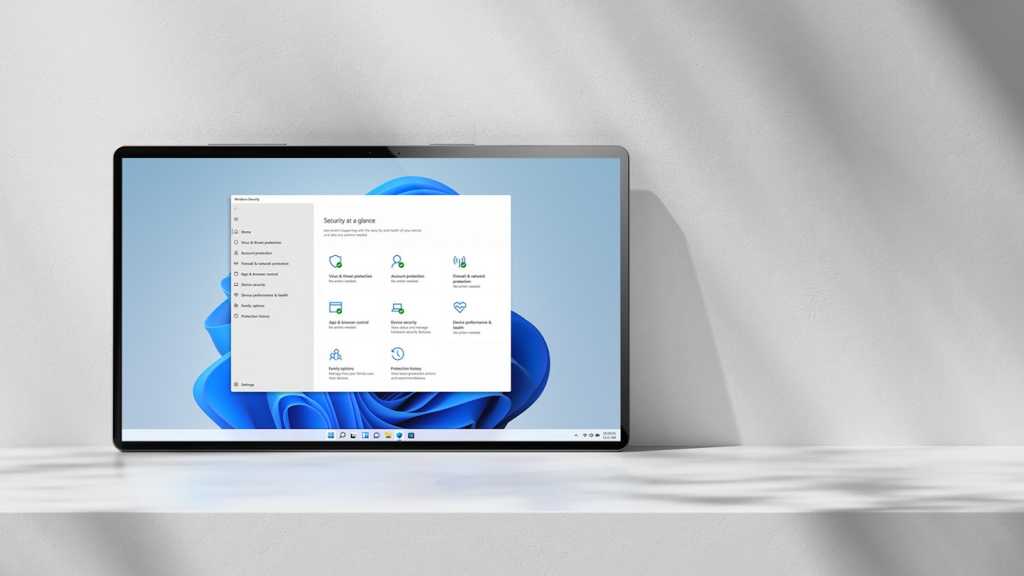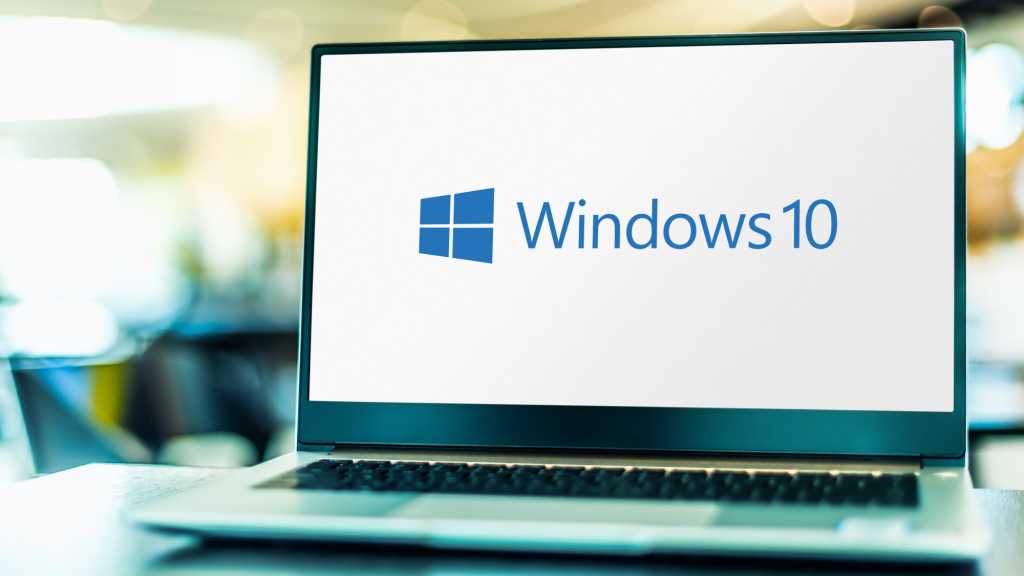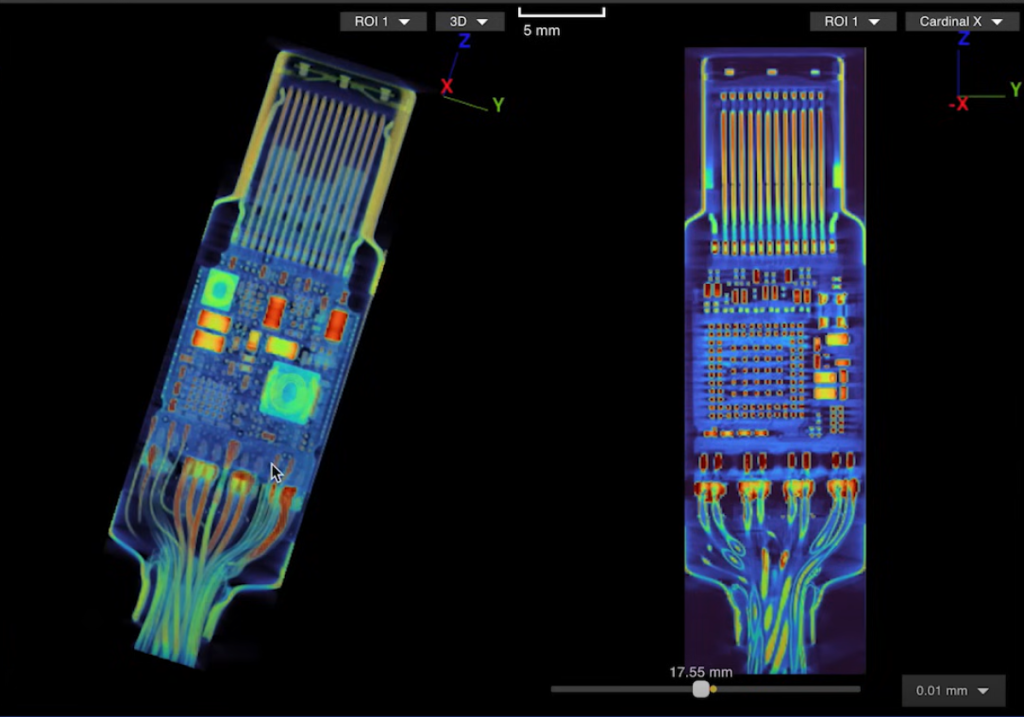The MacBook Pro, powered by Apple’s M-series chips, remains a top contender for anyone seeking a high-performance laptop. With the recent release of the M4 MacBook Pro and the M4 MacBook Air, anticipation is building for the next iteration: the M5 MacBook Pro. This article explores the potential features, release date, and performance upgrades we can expect from Apple’s next flagship laptop.
Predicted Release Date
 MacBook Pro M5 Release Date
MacBook Pro M5 Release Date
Apple traditionally unveils new MacBook Pro models in October, a pattern observed with the M1, M3, and M4 releases in 2021, 2023, and 2024, respectively. While the M2 MacBook Pro launched in January 2023, rumors suggested this was a delayed release from the originally planned October 2022 timeframe. Therefore, October 2025 seems the most likely launch window for the M5 MacBook Pro. This would mark it as the first Apple product to feature the M5 chip, as the M5 iPad Pro is now projected for the first half of 2026, a reversal of the M4 chip’s rollout. Pricing remains unconfirmed, but given the expected incremental updates, the current $1,599 starting price could be maintained, barring any impact from potential US government tariffs.
Design Expectations: Minimal Changes
 MacBook Pro Design
MacBook Pro Design
A significant redesign is unlikely for the 2025 MacBook Pro. Rumors suggest the M6 MacBook Pro, slated for 2026, will receive a substantial overhaul with a thinner chassis and an OLED display. This suggests the M5 model will retain the existing design. Apple typically implements major design changes every few years. The last major redesign occurred in 2021, while the 2024 M4 model focused on feature enhancements like an improved webcam, increased memory, and Thunderbolt 5 connectivity. Therefore, significant external changes for the M5 model are not anticipated.
Performance and Feature Upgrades: The M5 Chip Takes Center Stage
 MacBook Pro Performance
MacBook Pro Performance
The primary upgrade for the 2025 MacBook Pro will likely be the M5 chip. This is predicted to be an incremental improvement over the M4, potentially offering a 15%-25% performance boost. Following established trends, the MacBook Pro will likely also offer M5 Pro and M5 Max chip options. Analyst Ming-Chi Kuo suggests the M5 series will utilize TSMC’s N3P manufacturing process, a 3nm process similar to the M4, but enhanced with TSMC’s System on Integrated Chip (SoIC) technology. This 3D stacking of chip components promises improved thermal management. However, those hoping for a 2nm process and its associated performance leap will likely have to wait.
Other Features: Thunderbolt 5 and Beyond
An OLED display is not expected until the 2026 MacBook Pro. Similarly, Apple’s in-house 5G modem, featured in the iPhone 16e, is not expected in the M5 MacBook Pro, though its inclusion in future MacBooks is a possibility. On a more positive note, the entry-level M5 MacBook Pro may finally receive Thunderbolt 5 ports, currently only available on the M4 Pro and M4 Max models. While Wi-Fi 7 is present in the iPhone 16 range, its inclusion in the M5 MacBook Pro seems unlikely due to slow adoption and the lack of corroborating rumors.
Conclusion: An Evolutionary Upgrade
The M5 MacBook Pro promises to be a refinement of the existing model, focusing primarily on the performance gains delivered by the M5 chip. While significant design changes and features like an OLED display and 5G connectivity are anticipated for future models, the M5 version will likely represent a more iterative upgrade. The inclusion of Thunderbolt 5 on the base model would be a welcome addition, enhancing data transfer speeds. Overall, the M5 MacBook Pro is shaping up to be a solid, albeit incremental, advancement in Apple’s laptop lineup.











